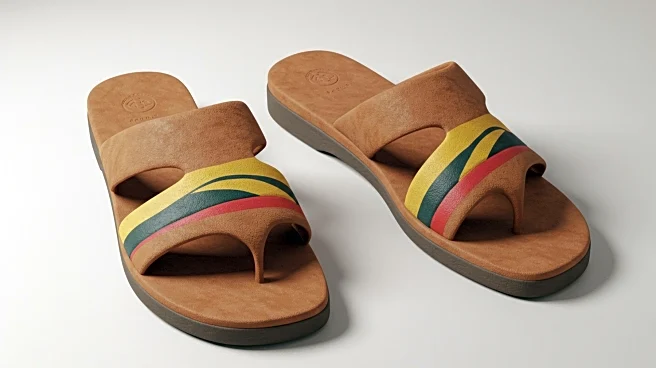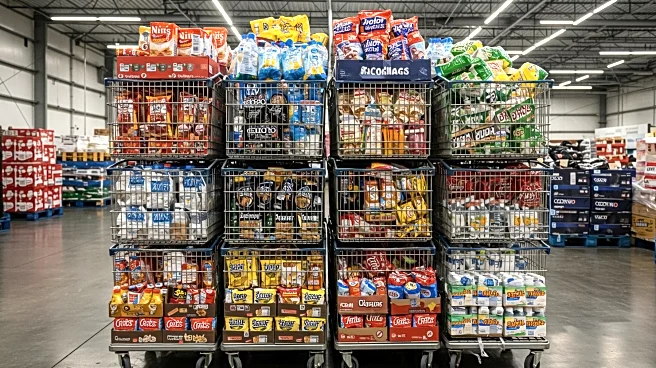Rapid Read • 7 min read
The luxury goods market is experiencing increased pressure from fake and copycat products, exacerbated by rising prices and economic conditions. The distinction between fakes and dupes is crucial, with fakes being counterfeits that mimic brand logos, while dupes offer similar designs at lower prices. The lawsuit between Lululemon and Costco highlights the complexity of protecting intellectual property in the fashion industry. As luxury goods become more expensive, counterfeiters are improving their production capabilities, leading to the emergence of 'super-fakes' that closely resemble authentic products. This situation is further complicated by social media influencers promoting affordable alternatives, challenging brands to balance intellectual property protection with consumer relations.
AD
The proliferation of fake and copycat luxury goods poses significant challenges to the industry, impacting brand integrity and consumer trust. As prices for genuine luxury items rise, consumers may opt for cheaper alternatives, affecting sales and brand loyalty. This trend underscores the need for luxury brands to enhance their supply chain transparency and product authenticity to maintain their market position. The legal battles over intellectual property rights highlight the complexities of protecting design features, which could lead to broader implications for the industry. Brands must navigate these challenges carefully to preserve their reputation and ensure long-term sustainability.
The rise of fake and copycat products in the luxury market raises ethical concerns about labor practices and the funding of organized crime through counterfeit production. It also prompts questions about consumer values and the perceived worth of luxury goods. As brands like Hermes maintain their allure despite the presence of dupes, it suggests that exclusivity and craftsmanship remain key factors in consumer decision-making. The industry must address these ethical and cultural dimensions to reinforce the value proposition of luxury goods and combat the negative impacts of counterfeiting.
AD
More Stories You Might Enjoy











